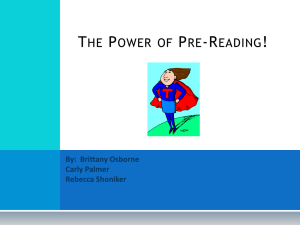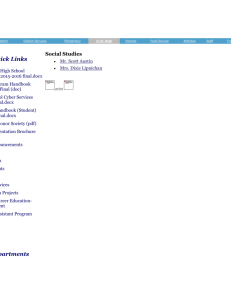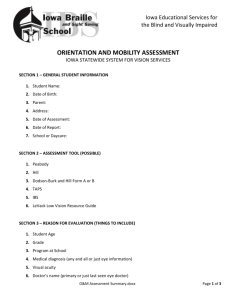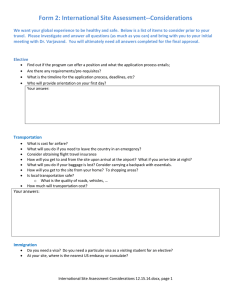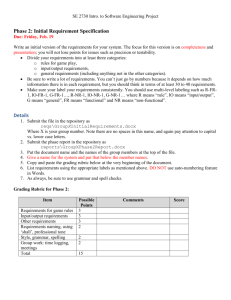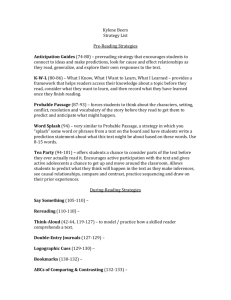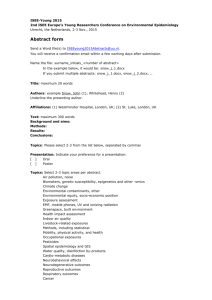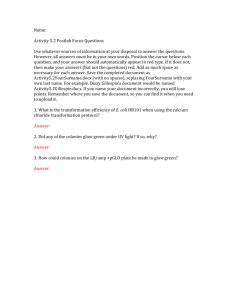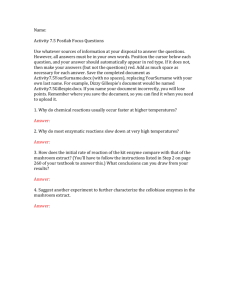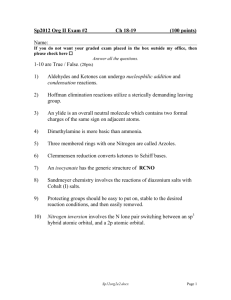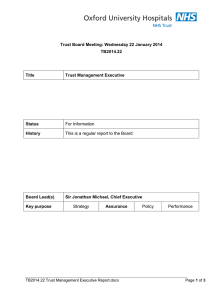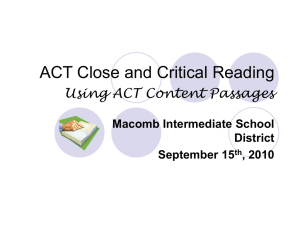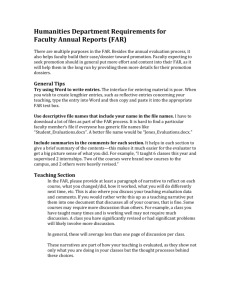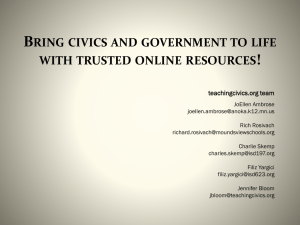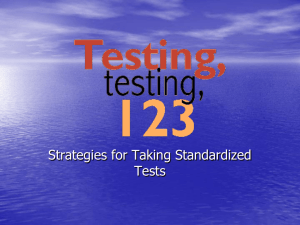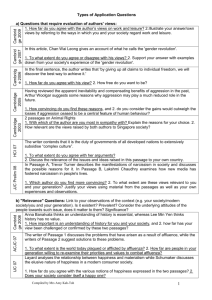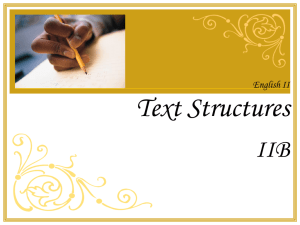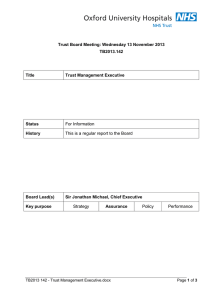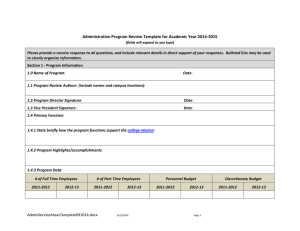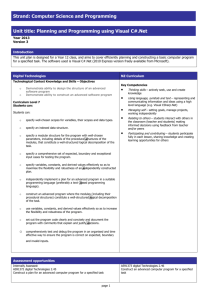The Power of Pre-Reading! - The Center for Adolescent Literacies
advertisement
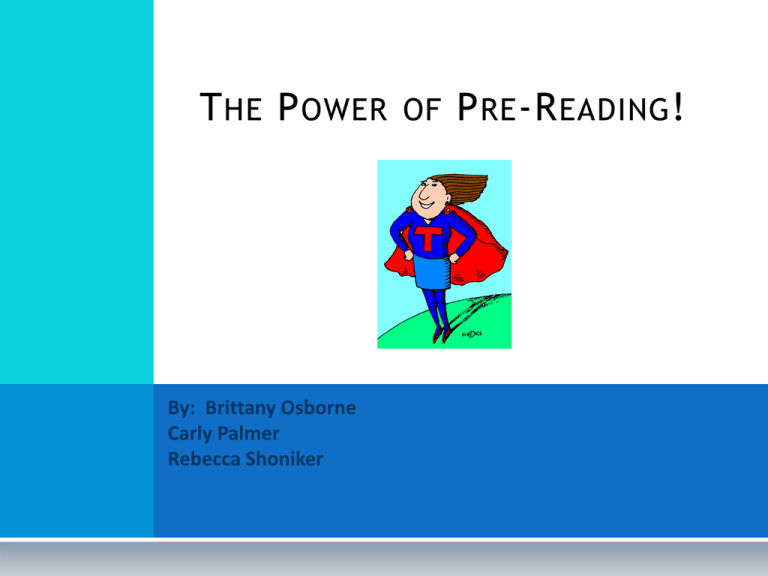
T HE P OWER OF P RE -R EADING ! What do you and your students do prior to reading? O BJECTIVES Help your help students become actively engaged with a text prior to reading Provide specific pre-reading strategies to improve comprehension and enhance engagement Share additional resources and research based practices in Adolescent Literacy D ON ’ T J UST T ELL …E NGAGE ! Access prior knowledge Interact with portions of the text prior to reading Make inferences, predict, draw comparisons Identify problematic vocabulary Construct meaning before reading P ROBABLE PASSAGES “Probable Passage” is a strategy in which the teacher pre-selects and presents key words from a text before reading. Students predict what the function of these words will be and then write a "gist" statement using the key words. Probable Passage example.docx Probable Passage example.docx T EA PARTY “Tea Party” encourages active participation with pre-selected passages from a text. Students are given an index card with a phrase from the text they are about to read and walk around the room to discuss their passages with their peers and make predictions about the text. Tea Party Directions.docx TALKING D RAWINGS “Talking Drawings” is used to promote the use of prior knowledge by creating drawings of mental images on a topic, character, or event before reading a selection. After the selection is read, the student constructs another drawing to see how their knowledge and thinking have changed. TALKING D RAWING E XAMPLES Narrative Text Expository Text P OSSIBLE S ENTENCES “Possible Sentences” provide direct instruction on the unfamiliar vocabulary of a reading selection by facilitating independent determination of the meaning based on context of the story Possible Sentences Form.docx KWL Enhance this strategy by grouping students’ prior knowledge into categories to assist with questioning. First, decide what topic you want discussed on the KWL chart. Next, decide how you’ll record that information Then, ask students what they know about the topic. Make sure that, after completing the K column, students have a chance to group responses and label those groups. Finally, remember that when you move from the Kcolumn to the W-column, the point is to connect what they wonder about to what they’ve already told you. R ESOURCES Beers, K.(2003). When kids can’t read: What teachers can do. Portsmouth, NH: Heinemann. Taylor, D.B. (2006). Literacy strategies: Across the subject areas. Boston: Pearson.
